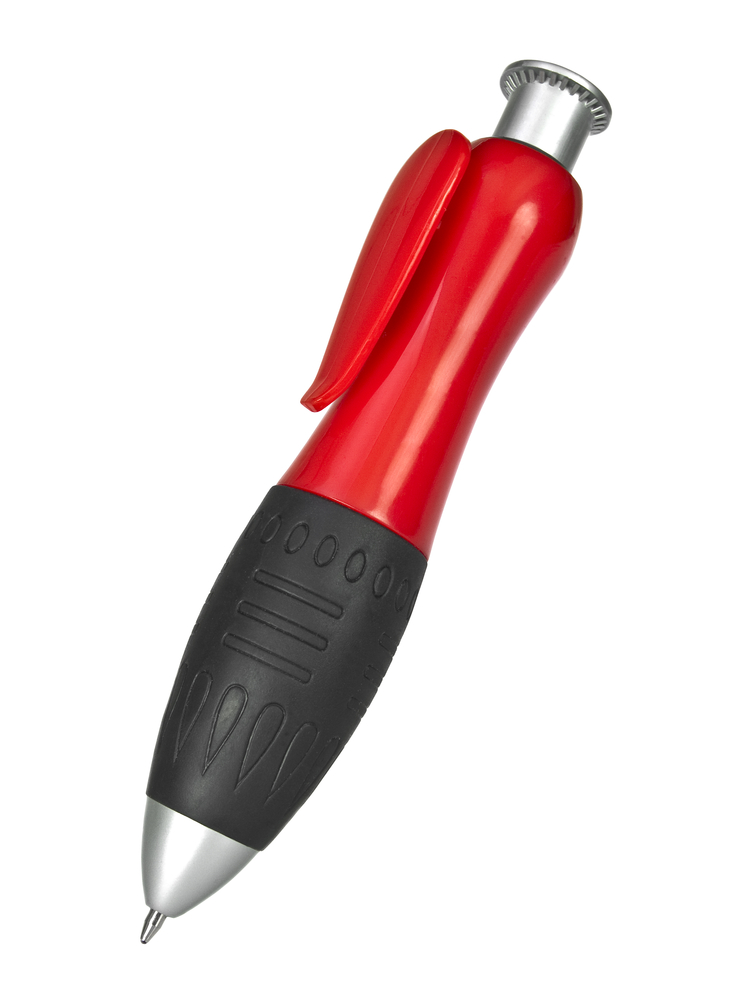& Construction

Integrated BIM tools, including Revit, AutoCAD, and Civil 3D
& Manufacturing

Professional CAD/CAM tools built on Inventor and AutoCAD
5 min read
Learn about what the term poka-yoke means and take a look at these examples that can help us error-proof in our daily lives.
Poka-Yoke is “a Japanese term which translates to mistake-proofing, that can be any mechanism or device that helps an operator to avoid mistakes.”
Although Poka Yoke is a lean manufacturing tool coined by Shigeo Shingo in the 1960s, it is also present in our everyday lives.
To help you understand this concept, here are twenty examples of error-proofing in our daily life. Preventing us from making spelling errors or sustaining injuries.
Many sinks have a hole on the top, right below the pipe. This hole is a protective mechanism, preventing water from overflowing if the drain blocks or if you don’t close the tap.
You can not operate most household appliances until the door closes. Sometimes the door locks while the machine is working, in some other cases, if you open the door, it stops working immediately.
The mechanism preventing machines from running with an open door is an example of a control function that prevents the process from starting until the required conditions are met.
Dialysis machines perform the function of the kidneys and are usually for patients with chronic kidney disorders. It has an efficient air bubble detector which works as a safety device for the machine to operate, in order to ensure that no air bubble passes to the patient’s body.

Cars come with many safety measures. Usually, you’re not able to remove the car keys if the transmission is in an unsafe mode. As technology keeps advancing, so do the safety mechanisms developed in order to keep the driver and passengers as safe as possible. Auto braking, traffic alerts, radar systems, autopilots, and parking sensors are some of the features that you can easily find in a car.
Computers and phones include spell-checking tools, which alert us to spelling and grammatical errors. This is probably one of the most common error-proofing systems in our everyday lives.

Some pens function in such a way that you cannot clip them to your pocket with the tip still out. This prevents the tip of the pen from shredding your pockets.
In some hotel rooms, energy consumption is controlled by a key card-activated time switch placed inside the room. These switches activate by placing your key card in a specific holder. Once you leave the room and take the key card with you, energy automatically switches off.

Some cables and connectors fit into their respective slots with precision and accuracy and you can only insert them into the right outlet, in one orientation. Some even have pins that match an exact number of holes in an exact place.
This is probably one of the most classic methods of error-proofing, since it prevents people from connecting the wrong cables, in the wrong places.
Even though you must be paying your full attention to the street while driving, most streets have a Lane-keeping assist system. With a different texture, it works to keep you in your lane by nudging the wheels of your car as a reminder that you are getting away from your route.
Most car seatbelts retract forcefully to adjust occupants into a safer seating position when the airbags deploy. It happens due to a seatbelt pre-tensioner, a mechanism that “uses an explosive charge to drive a concealed piston when sensors detect the signature abrupt deceleration of an accident”.
Most treadmills have a safety key for security reasons. The safety key generally clips on the walker’s clothes, stopping the treadmill if the walker slips. There are many different types of treadmill safety keys, but they all do the same: They break the power circuit, forcing the motor to stop.
Lawnmowers can cause severe injuries or even death in case of improper use. Since 1978, lawn mowers are required to have specific safety features to prevent accidents, such as a lever, attached to the handle. To start the mower, the lever needs to be held down and once the pressure is released, the machine goes off.
Elevator doors usually have a safety sensor that detects the presence of a person, preventing the doors from closing.
Many recipients, mugs, or bottles already have a leak-prof lid that prevents your drink from spilling. The liquid only gets out of the recipient if you press a specific point of the lid.
Some sauce bottles stand upside down. On one hand, it makes it easier for the liquid to drip until it is closer to the lid. This model of bottle lets the water out first, allowing the user to easily squeeze out the sauce.
Poka-Yoke is a lean manufacturing concept, that is usually used to prevent potential errors, from processing errors (operations that are missed or not performed), to setup errors (operations that are performed recurring to wrong tools or misadjusted machines), to operation errors (operations that are carried out incorrectly) or to using a wrong part/item or measurement.
To apply Poka-Yoke to your manufacturing process, your need to:
If you want to know more about Lean Manufacturing and how manufacturing software can help you to improve your processes, sign up now and find out how we can help.

By clicking subscribe, I agree to receive the Fusion newsletter and acknowledge the Autodesk Privacy Statement.
Success!
May we collect and use your data?
Learn more about the Third Party Services we use and our Privacy Statement.May we collect and use your data to tailor your experience?
Explore the benefits of a customized experience by managing your privacy settings for this site or visit our Privacy Statement to learn more about your options.